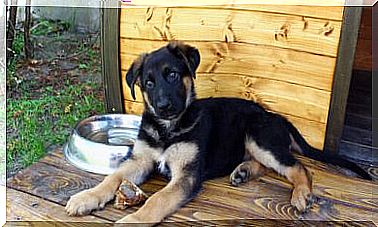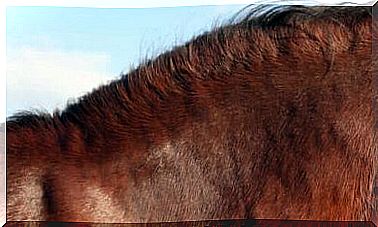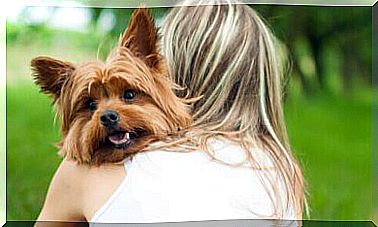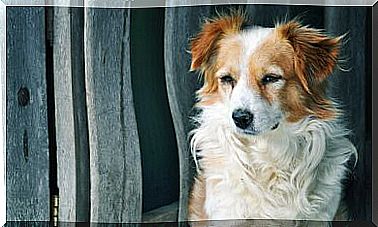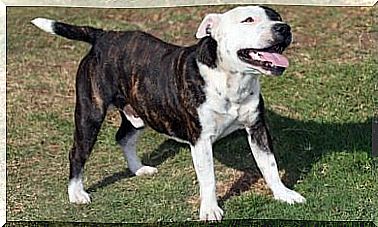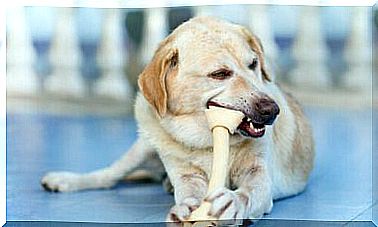Shetland Dog: Characteristics And Needs
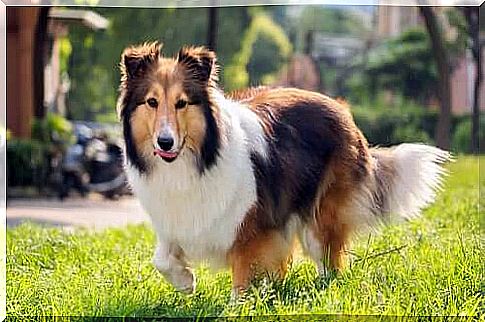
Today we are talking about a dog breed easily recognizable by all: the Shetland dog. In this article we will tell you what they are like, what character they have and what kind of assistance they need.
Where did the Shetland dog come from?
If we talk about the Shetland Shepherd (or Sheltie, as they are also known), we must start from the Scottish island from which they take their name. In the island regions of Shetland, apart from the shepherd we are talking about today, other native animals have developed. They all had the same feature: the small size.
Due to the predominantly rough terrain with little vegetation, the Shetland Shepherd has gradually become the grazing dog par excellence. In the early 20th century, the breed began to be imported out of Scotland, where it began to be crossed for breeding purposes. Currently, Shetland is widely distributed across the planet.
More recent studies show that this breed comes from crossing the long haired collie – border collie, probably – with smaller dog breeds.

General characteristics
As we have already said, these are compact animals, small in size and extremely agile. Their height is approximately 38 centimeters in males and 35 centimeters in females. The weight varies between 6 and 12 kilograms. They have an elongated head – they are doliocephalic animals – and small ears whose tips fall forward.
The Shetland has a double layer of fur, an ideal complement to the inclement weather of its native habitat. The outer layer is made up of long hair, while the inner layer is dense and with a texture similar to wool. As for the coloring, there are many variations: black, white, gray, saber, all in different combinations.
Shetland temperament
It is an extremely loyal, intelligent, cheerful and very active breed. Shetlands are very affectionate with owners and relatives, but care should be taken as they can sometimes be wary of strangers.
Shetlands are constantly alert dogs and if they detect something out of the ordinary, they won’t hesitate to bark to sound the alarm. For this reason, it is a good idea to monitor whether this behavior occurs too frequently, as it could be a long-term problem.
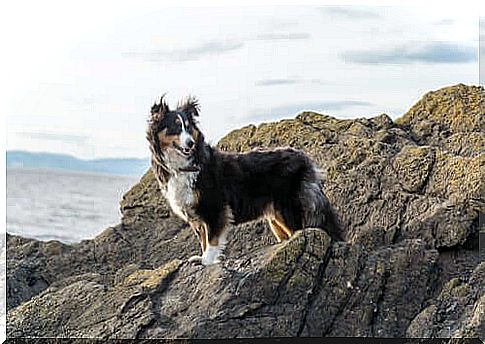
While they are very active dogs, they adapt perfectly to domestic life in small homes. To keep them fit, the best thing we can do is give them long walks and train in their company.
Shetland dog health and care
Like other breeds (such as the collie), the Shetland is prone to developing hereditary eye diseases. It is therefore important that our veterinarian periodically checks the animal to identify possible symptoms in time.
Hip dysplasia is also common in this breed, as is hypothyroidism or epilepsy. We must be vigilant and have our pet examined as soon as we detect anything suspicious.
As for their care, you need to pay close attention to their fur. To keep a coat in perfect condition and avoid tangles, we need to brush our dog every day.

